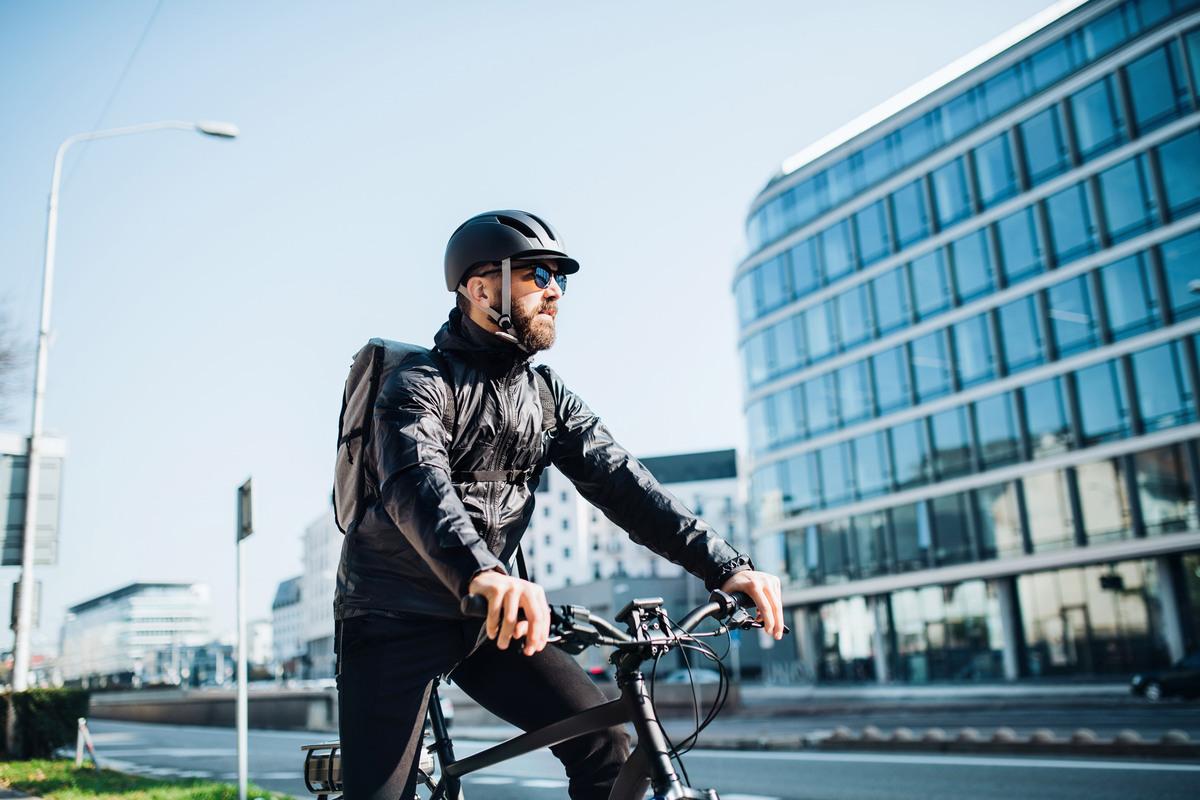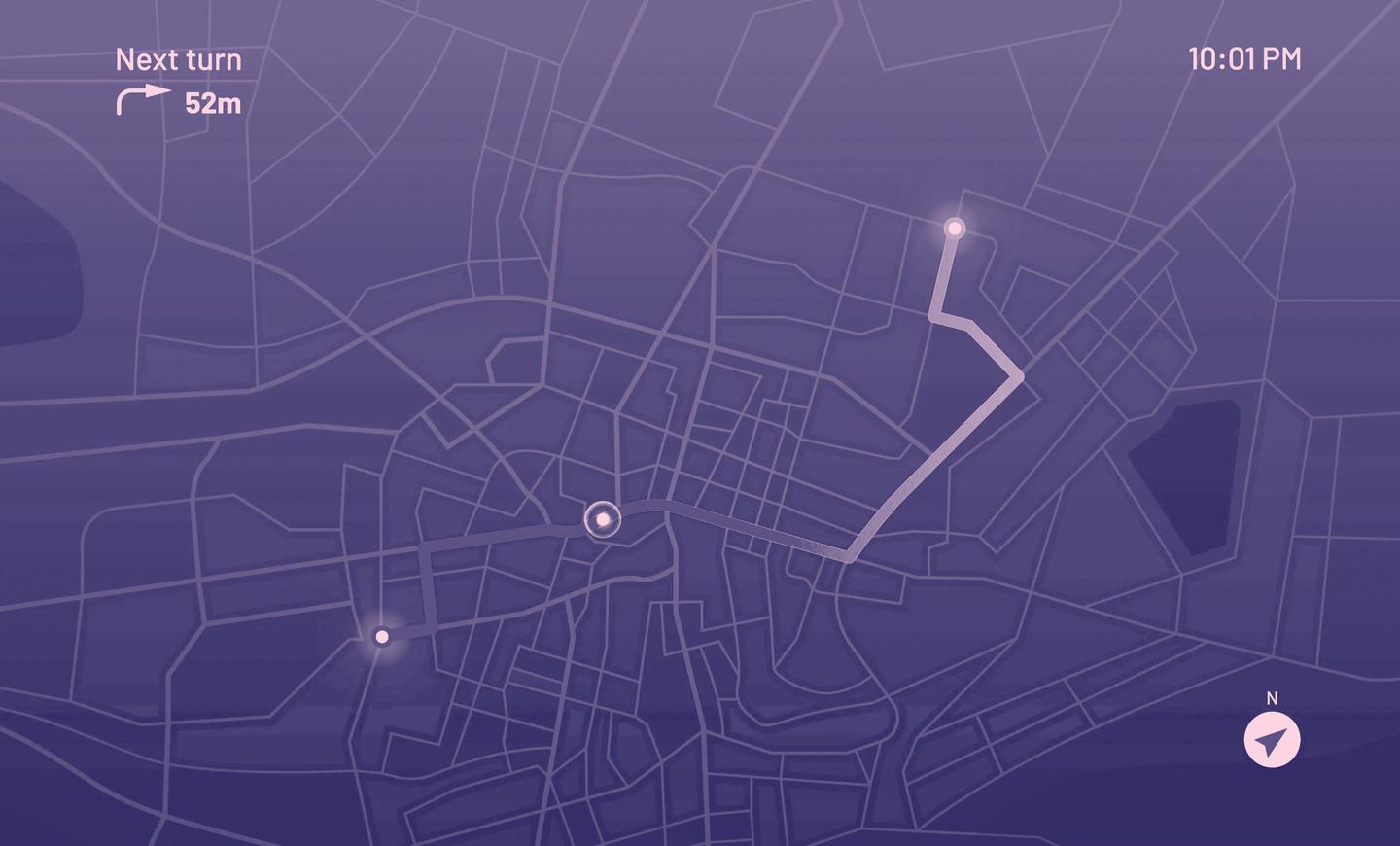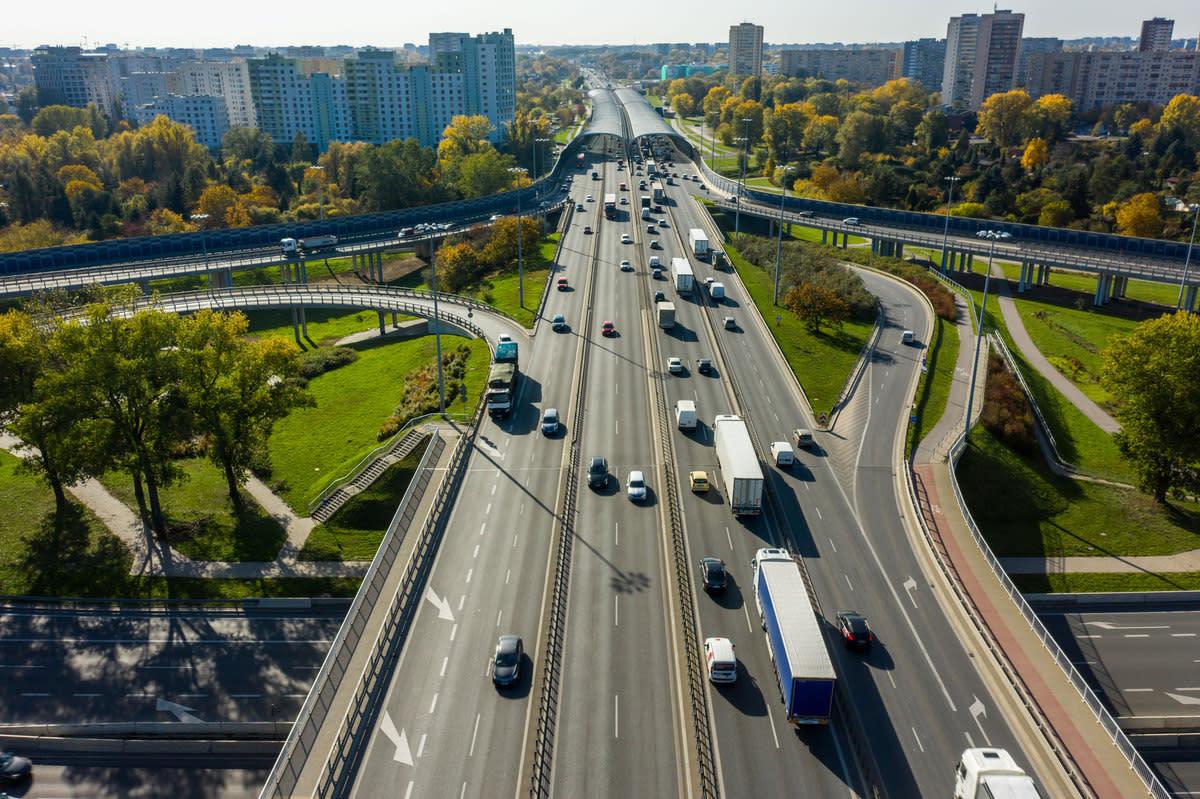A Safe Route through uncertain times
Safe Route was conceived as a new way to think about travel, a free service that prioritizes safety over speed. The broader the range of high-quality, up-to-date, and openly shared data we could access, the better the AI predictions would be, which could paint a more nuanced picture and help cyclists make better, safer decisions. So what happened with Safe Route?

Safe Route uses data from STRADA - a database of road traffic accidents and injuries that occur on Swedish roads, whose data is usually reserved for academia and public sector agents, but was shared with us as a result of the understanding of the life-saving impact Safe Route could have.
A Safe Route through uncertain times
Good quality data – and knowing the right way to use it – is at the heart of digital innovation. Take optimisation: it’s always important, but as individuals, businesses and societies, are we always optimising for the right things? For example, if you want to travel from point A to point B on a bicycle and you look up your route on a travel planner, the chances are you’ll find the shortest or the quickest option. But what if you could find the safest route to get where you need to be? Our recent Safe Route project shows how revisiting our assumptions – even with an incomplete dataset – can deliver innovative solutions and worthwhile outcomes, while also revealing some of the roadblocks to digital innovation.
A route that puts safety first
People are being encouraged to cycle for a variety of reasons, from personal health to reducing congestion and helping the environment, but every year in Sweden around 2,000 cyclists are severely injured in traffic. Our aim was to gather data on every aspect of cycling in Stockholm, including traffic, roadworks, intersections, road surfaces, weather and accidents, to make a new service that provides real-time information on the safest cycling routes. Safe Route was conceived as a new way to think about travel, a free service that prioritises safety over speed.
Breaking down roadblocks and setting data free
Safe Route uses data from STRADA (Swedish Traffic Accident Data Acquisition), a database of road traffic accidents and injuries that occur on Swedish roads, which is maintained by the Swedish Transport Agency. You usually need to be an academic or part of a governmental agency to access this data, which highlights an issue that will be recognised by many companies – data that would be useful for innovation company-wide (or even more broadly) gets stuck in a silo and isn’t easily shared. Freeing data internally so it’s available for innovation is essential for progress, but we should go even further to remove roadblocks to accessing data between organisations.
Although companies gather a huge volume of data, very little of it is routinely shared externally – even data that isn’t business critical and could benefit society. When companies and authorities are open to sharing their data, there’s no obvious platform for them to do so currently, and there are no commonly agreed standards for data collection and attribution. While the STRADA data allowed us to take potential traffic hazards such as intersections, left turns and roundabouts into account, we would have liked to add much more data into our model, such as weather, road surface quality and how busy different streets are at different times of day. Solutions such as Safe Route depend on large amounts of high-quality data to run predictive models so that artificial intelligence can identify where accidents are most likely to happen. The opportunities for innovation that will be unlocked by increased data sharing are limitless – we can achieve amazing things when we work together.
While Safe Route can suggest a potentially safer journey based on the number of accidents and where they occurred, we’ve not been able to provide the definitive safest route as there are still too many factors that we don’t have the data for. That said, we do know that crossings and roundabouts are the interchanges most commonly involved in the accident statistics, and we know that the city centre has the highest density of accidents. Based on this it’s reasonable to assume that a crossing in the centre of Stockholm might not be as safe as other potential routes. This is where a broader range of high-quality, up-to-date and openly shared data could paint a more nuanced picture and help cyclists make better, safer decisions.
Uncertainty isn’t a reason to stand still
Authorities and companies are often locked in to using old technology, frameworks and ideas, meaning band-aid fixes are needed for problems that we should have already moved past. To solve the problems of tomorrow, digital transformation is essential to every organisation, as is using the data you have now – if you wait until you know everything, you’ll never act. Putting people at the heart of decision making and taking a new look at both old ways of working and previous assumptions can be great ways to innovate and build resilience, even when certainty isn’t possible.
Safe Route couldn’t be fully realised because the main players were not up to date with their digital transformation, which limited our ability to improve safety for cyclists across the city. This raises the wider question of what other innovation is being missed and what the consequences are – it’s worth asking yourself, what is the true cost of delaying digital transformation in your organisation? Embracing digital transformation and accepting uncertainty will allow you to develop the resilience that helps you to overcome the unexpected and thrive.
 Johan LauriAlumnus (Data & AI Tech Lead), Futurice
Johan LauriAlumnus (Data & AI Tech Lead), Futurice




